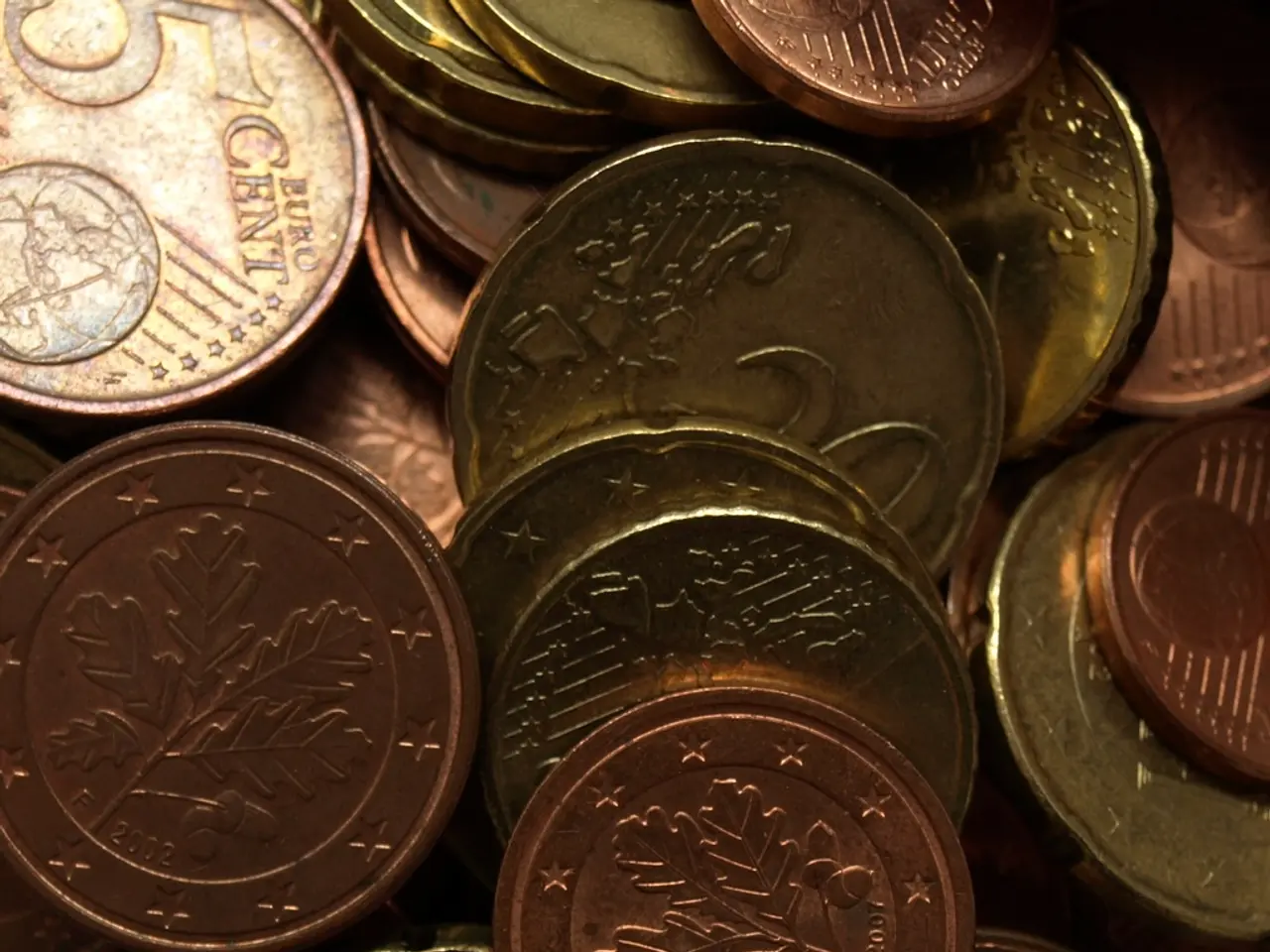Indian currency, the rupee, is approaching a historic low against the UAE dirham, possibly reaching a new record.
The Indian rupee's performance against the UAE dirham has been a topic of interest lately, with the RBI's policy decision on Wednesday identified as the next potential trigger. The rupee has been under pressure due to several factors, causing it to weaken sharply to 23.91 against the UAE dirham.
Factors Affecting the Rupee's Performance
The current decline can be attributed to heightened trade tensions between the United States and India, the rupee's weakest monthly performance since 2022, the Reserve Bank of India's more cautious approach to currency intervention, global geopolitical concerns, and rising oil prices.
The U.S.-India trade tensions, including the threat of new tariffs on Indian exports of up to 25 percent, have unsettled investors, leading to capital outflows from Indian markets. This, coupled with foreign equity sell-offs exceeding $2 billion in July 2025, has significantly impacted the rupee's value.
Moreover, the Reserve Bank of India's decision to allow the rupee to fluctuate more freely in response to external pressures has also contributed to its current state.
The global geopolitical concerns and rising oil prices have increased India’s import costs, further pressuring the currency downward. The UAE dirham, being pegged to the US dollar, provides some stability on that side of the exchange.
Remittance Outlook for the Second Half of 2025
Despite the rupee’s depreciation, remittance activity from the UAE to India has surged. The weaker rupee makes it less favorable for recipients in India when converting from dirhams, but expatriates often remit more to compensate for the reduced value, leading to higher volumes of remittances. This trend reflects typical behavior in such scenarios where falling local currency values against remittance currencies stimulate increased transfer activity to cover the same financial needs.
Future Prospects
The current dip in the rupee could be the peak, according to currency strategists, as the RBI's policy decision could bring more volatility to the markets. Major banks predict the Indian rupee to remain one of Asia's worst-performing currencies in the second half of 2025.
Experts advise locking in remittances now due to the quick slip of the rupee and the clouded macroeconomic outlook. UAE exchange houses are offering remittance rates of 23.80 and above.
The drivers of the rupee's weakness include US tariffs, a strong US dollar, and persistent foreign institutional investor (FII) outflows. Analysts suggest that the current exchange rate of approximately 23.9 INR to 1 AED could remain or worsen if clarity on US policy actions does not emerge or if foreign inflows fail to pick up.
This development is influencing remittance and currency exchange patterns among Indian expats in the UAE. Al Ansari Exchange has observed a surge in remittance activity, reflecting the trend of increased remittances to cover the impacts of currency depreciation.
In conclusion, the Indian rupee's sharp fall against the UAE dirham is primarily due to U.S.-India trade tensions, significant foreign capital outflows, cautious RBI policy, geopolitical risks, and rising oil prices. Remittance volumes from the UAE to India are expected to remain strong or increase in the second half of 2025, despite—or because of—the rupee’s weakness, as expatriates send more money to offset currency depreciation impacts.
- The Indian rupee's weakening against the UAE dirham can be attributed to various factors, including heightened trade tensions between the United States and India, the Reserve Bank of India's more cautious approach to currency intervention, global geopolitical concerns, rising oil prices, and foreign capital outflows from Indian markets.
- Despite the depreciation of the rupee, remittance activity from the UAE to India has surged, as expatriates often remit more to compensate for the reduced value, leading to higher volumes of remittances.
- Major banks predict the Indian rupee to remain one of Asia's worst-performing currencies in the second half of 2025, according to currency strategists, due to the RBI's policy decision bringing more volatility to the markets.
- Analysts suggest that the current exchange rate of approximately 23.9 INR to 1 AED could remain or worsen if clarity on US policy actions does not emerge or if foreign inflows fail to pick up, affecting both remittance and currency exchange patterns among Indian expats in the UAE.




